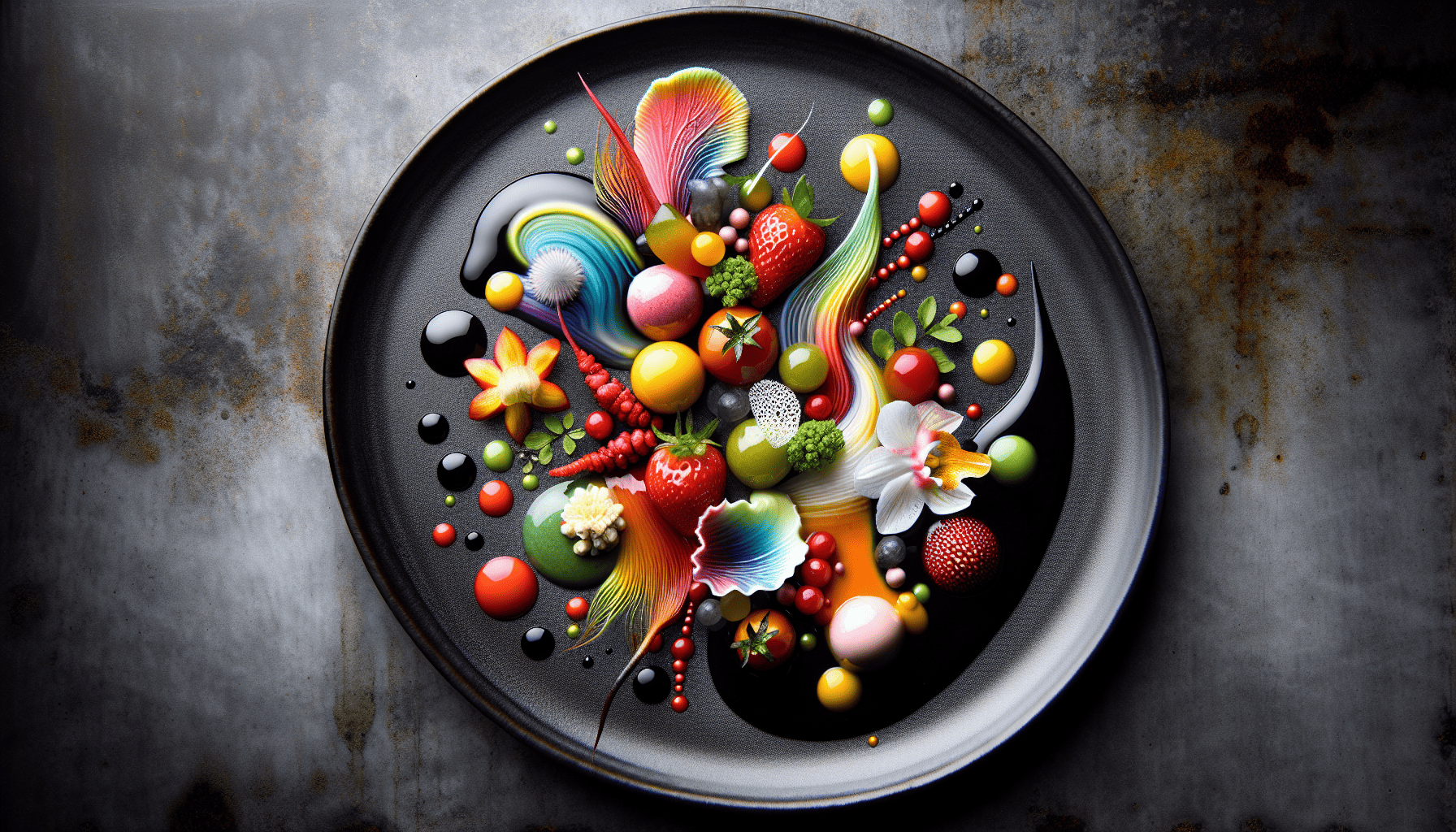In the ever-evolving world of gastronomy, where the old meets the new, culinary innovations have taken center stage, captivating taste buds with their delightful blend of tradition and contemporary creativity. This culinary renaissance invites us to explore and appreciate flavors that are both familiarly comforting and intriguingly novel, as chefs and food enthusiasts alike embark on a journey of taste exploration.
At the heart of these innovations lies a deep respect for traditional recipes—time-honored dishes that have been passed down through generations. However, the modern culinary landscape challenges the notion of static traditions, opting instead for a dynamic fusion that reimagines classic recipes with a fresh perspective. This fusion gives rise to a wonderful tapestry of flavors that are both nostalgic and refreshingly modern.
Imagine savoring a plate of pasta where the classic marinara is enhanced with a hint of ginger and lemongrass, drawing flavors from the East to complement the time-tested Italian base. This harmony of ingredients not only adds an exotic twist but also elevates the dish, creating a new culinary experience without overshadowing its roots.
The rise of global connectivity has made access to diverse ingredients easier than ever, allowing for the infusion of international elements into traditional recipes. Take, for instance, the contemporary taco, which might be filled with Korean-inspired bulgogi alongside the customary avocado and salsa. This fusion not only celebrates the diversity of cultural flavors but also encourages a deeper appreciation of global cuisines.
One cannot discuss culinary innovations without acknowledging the surge in plant-based and sustainable cooking. Here, traditional dishes are being reimagined to align with modern dietary preferences and environmental consciousness. For example, a traditional shepherd's pie is transformed with a lentil and mushroom filling, offering the same hearty satisfaction with a reduced ecological footprint.
Additionally, the use of technology in food preparation has become increasingly prevalent. Techniques such as molecular gastronomy have paved the way for playful yet sophisticated presentations that surprise and delight. Imagine a deconstructed lemon meringue pie that arrives at your table as a citrus-flavored cloud that melts in your mouth, with a crumble that pops with flavor—a familiar dessert reimagined through science.
Moreover, the art of fermentation, once a cornerstone of traditional preservation techniques, is enjoying a renaissance. Chefs are experimenting with fermented flavors and textures to add depth and complexity to modern dishes. A simple cheese plate can be transformed into an exploration of tastes, where a small wedge of miso-fermented cheese complements a sourdough cracker, presenting a delightful play of umami and acidity.
Culinary innovations also embrace the art of storytelling, where each innovative dish tells a story of cultural heritage intertwined with personal or contemporary narratives. Chefs are increasingly using their platforms to highlight local ingredients and regional traditions, connecting diners to the rich stories behind each bite.
The world of culinary innovation is a celebration of both the past and the present, inviting us to taste the harmony of history and evolution on our plates. As we continue to push the boundaries of flavor and technique, this blend of traditional recipes with contemporary twists promises an exciting, delicious future. Whether it's through the fusion of international cuisines, the adoption of sustainable practices, or the embrace of technology in the kitchen, these culinary innovations inspire us to taste the world with renewed curiosity and enthusiasm.
